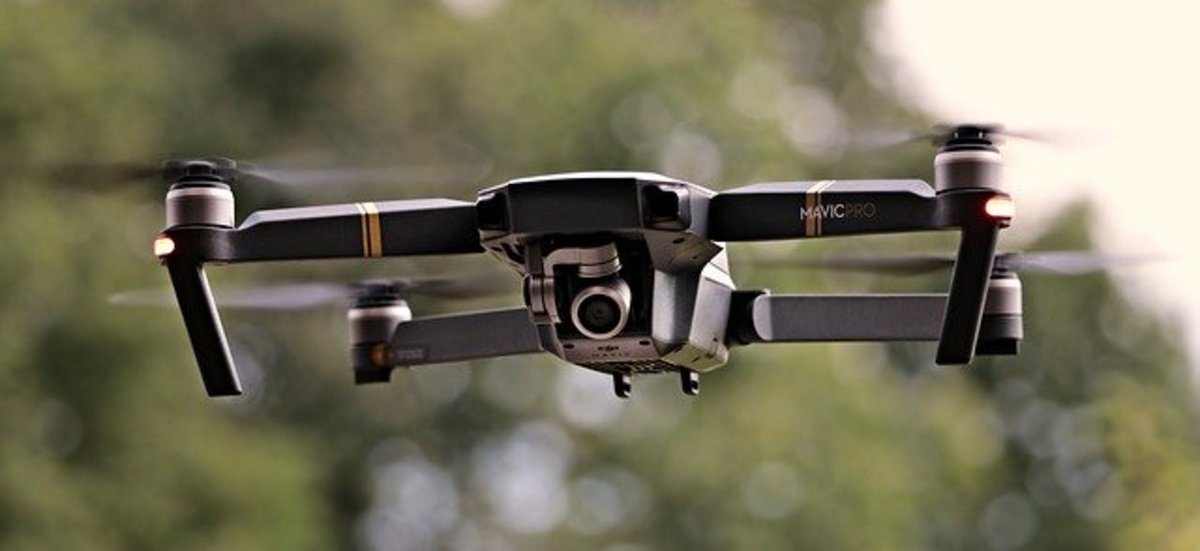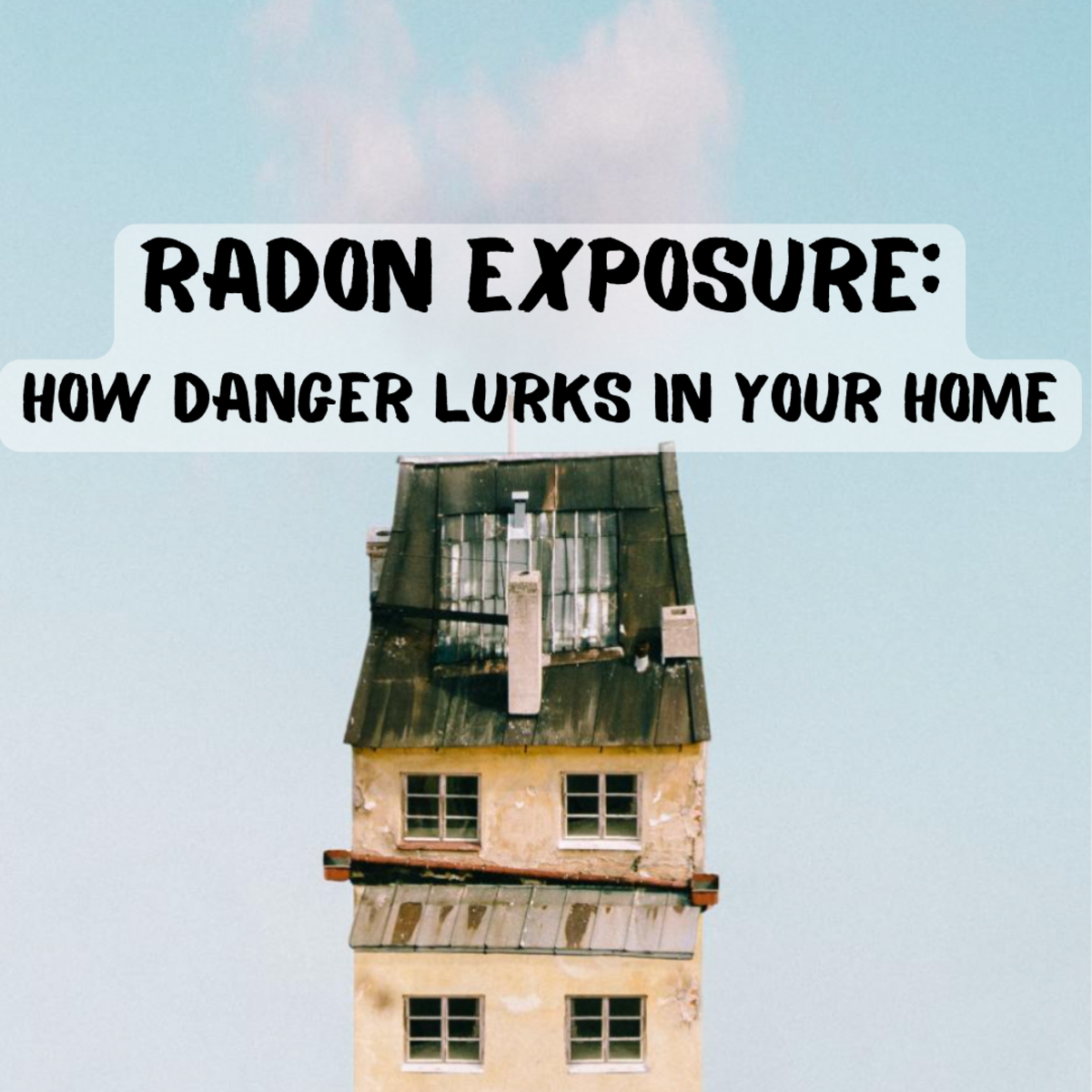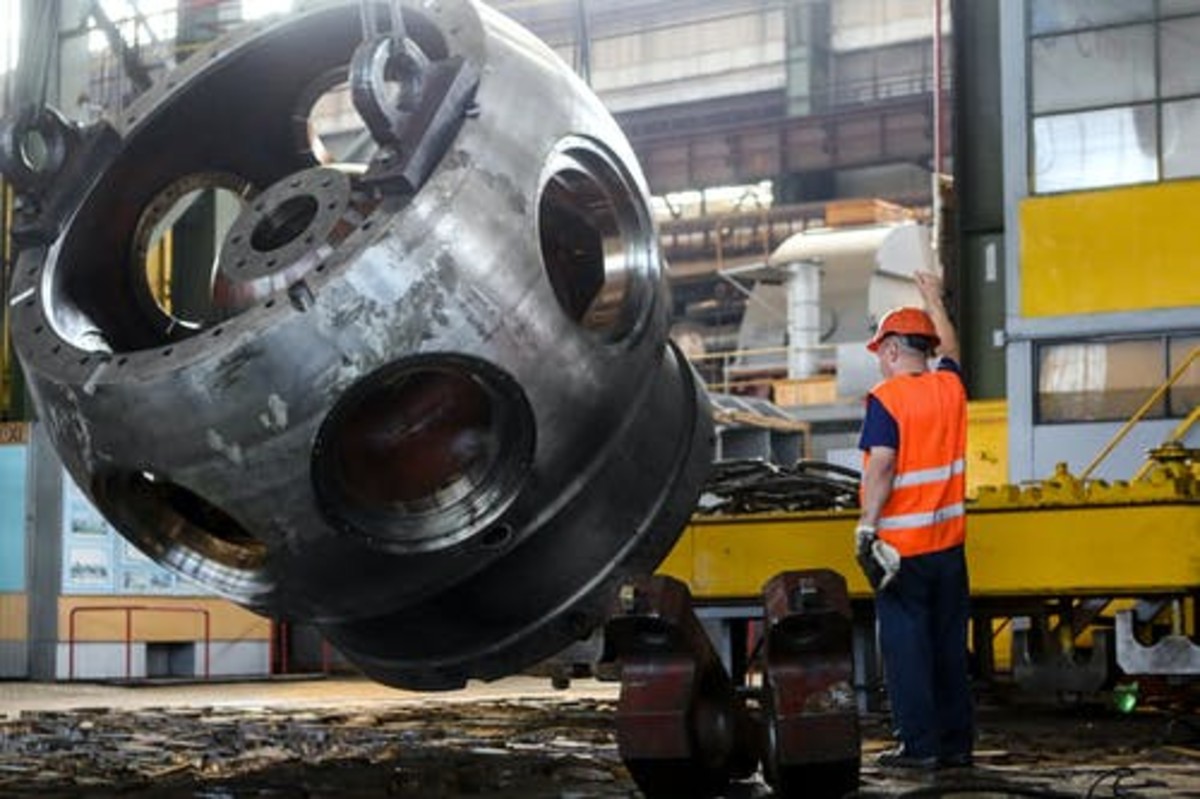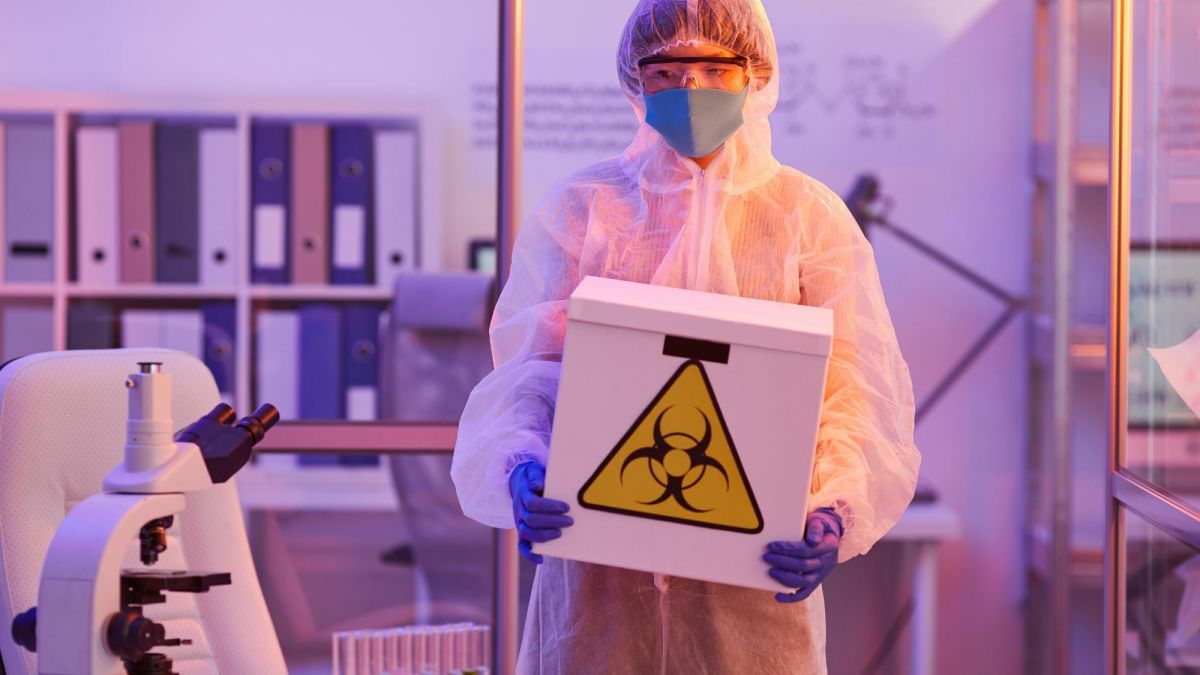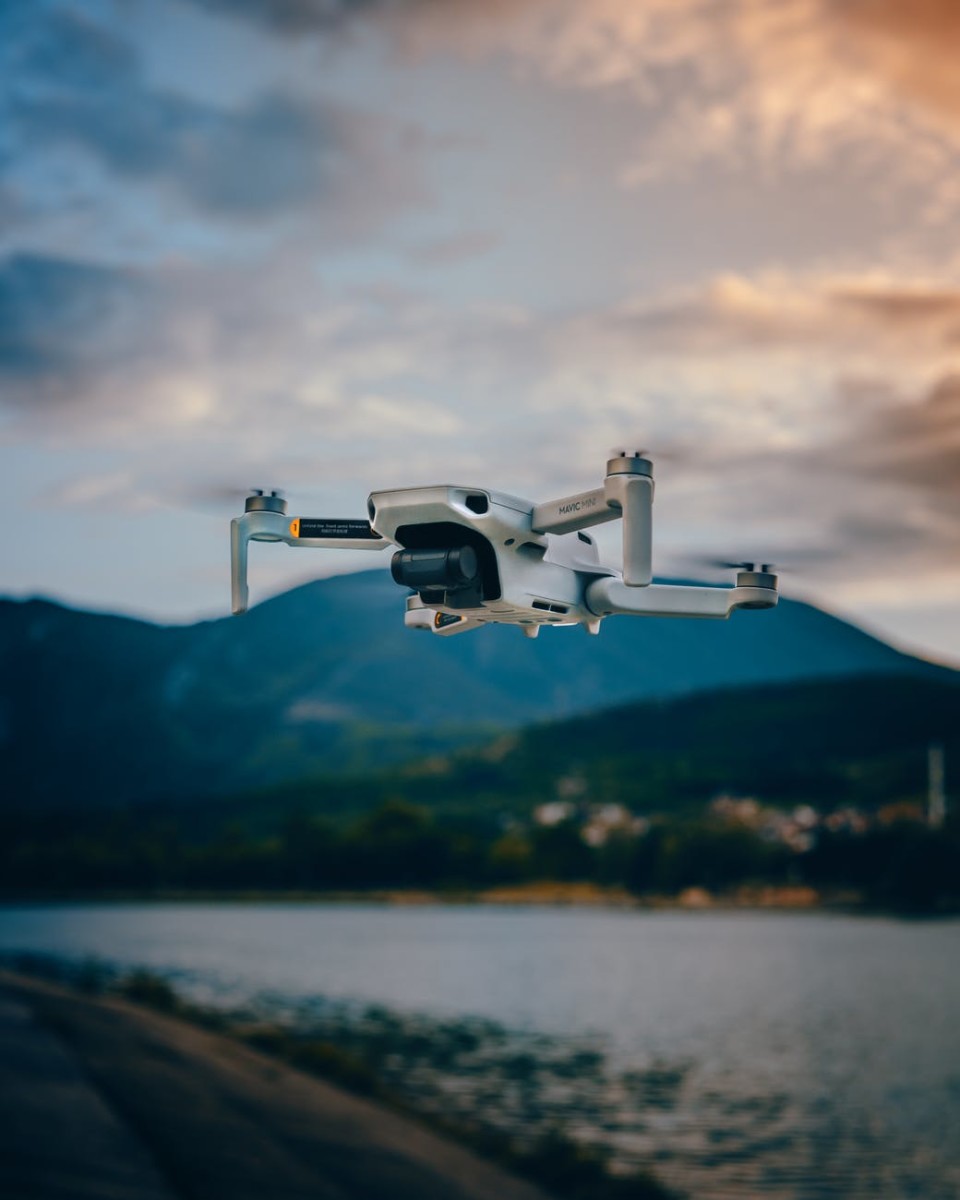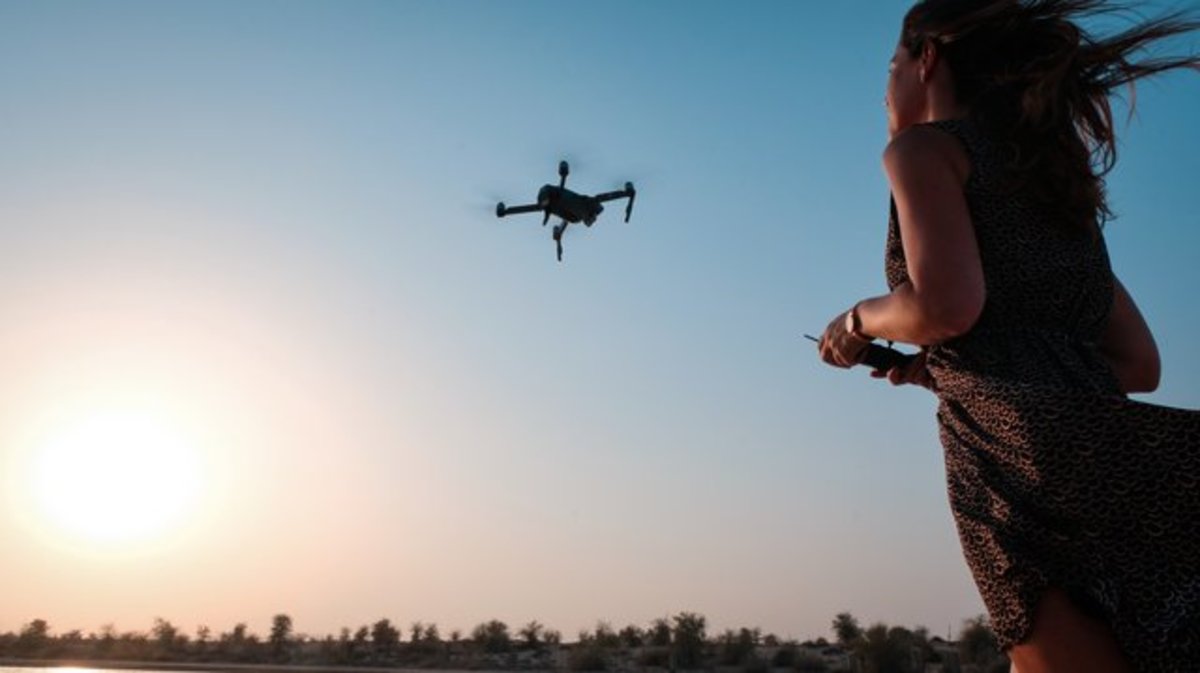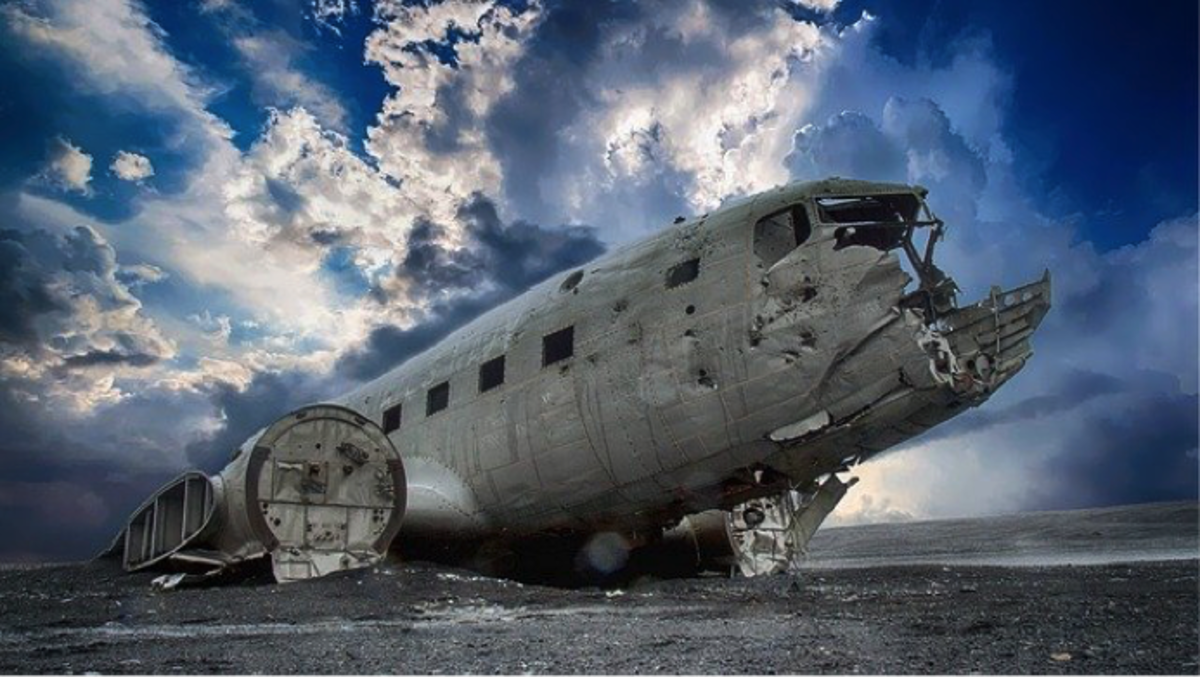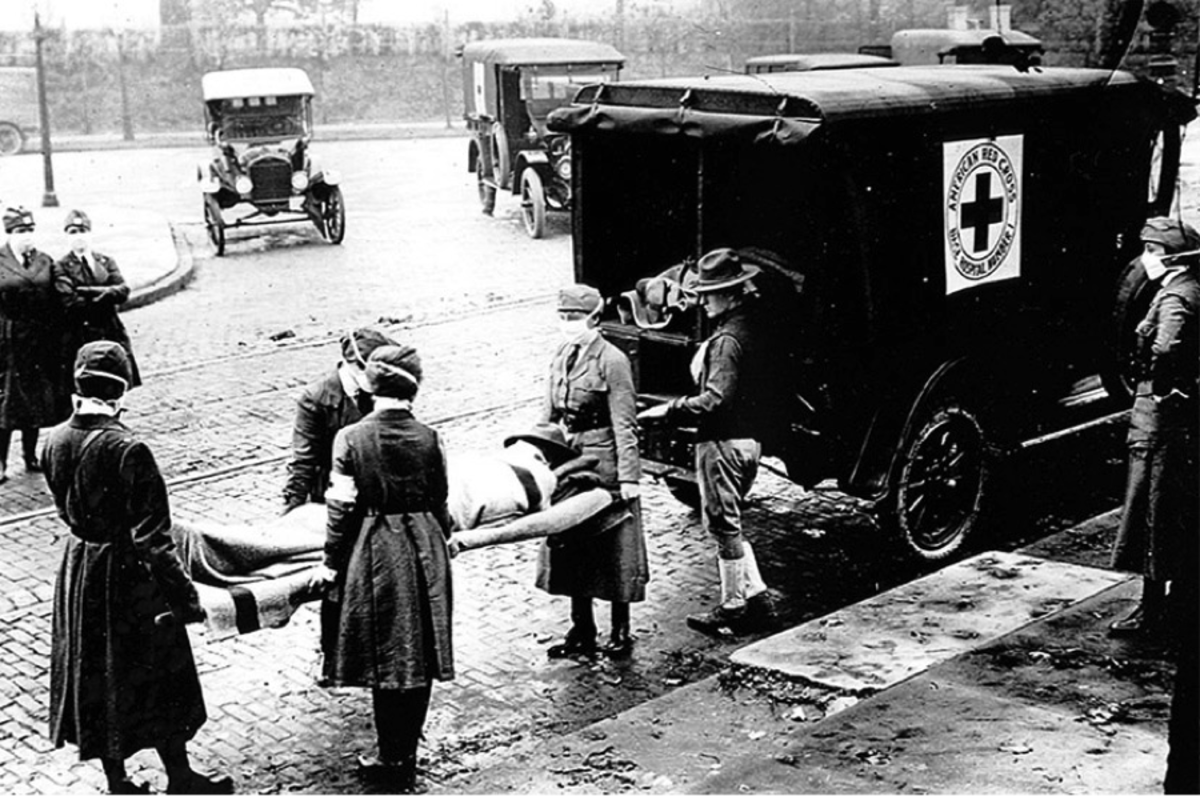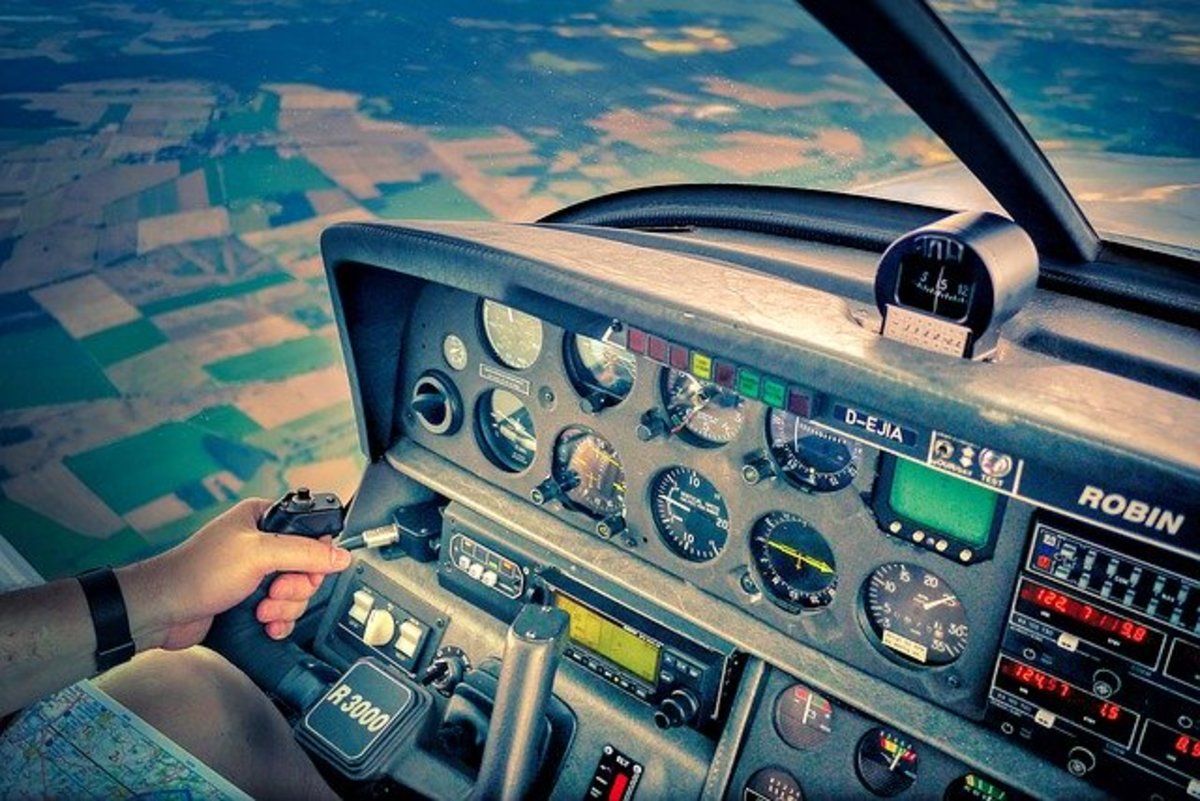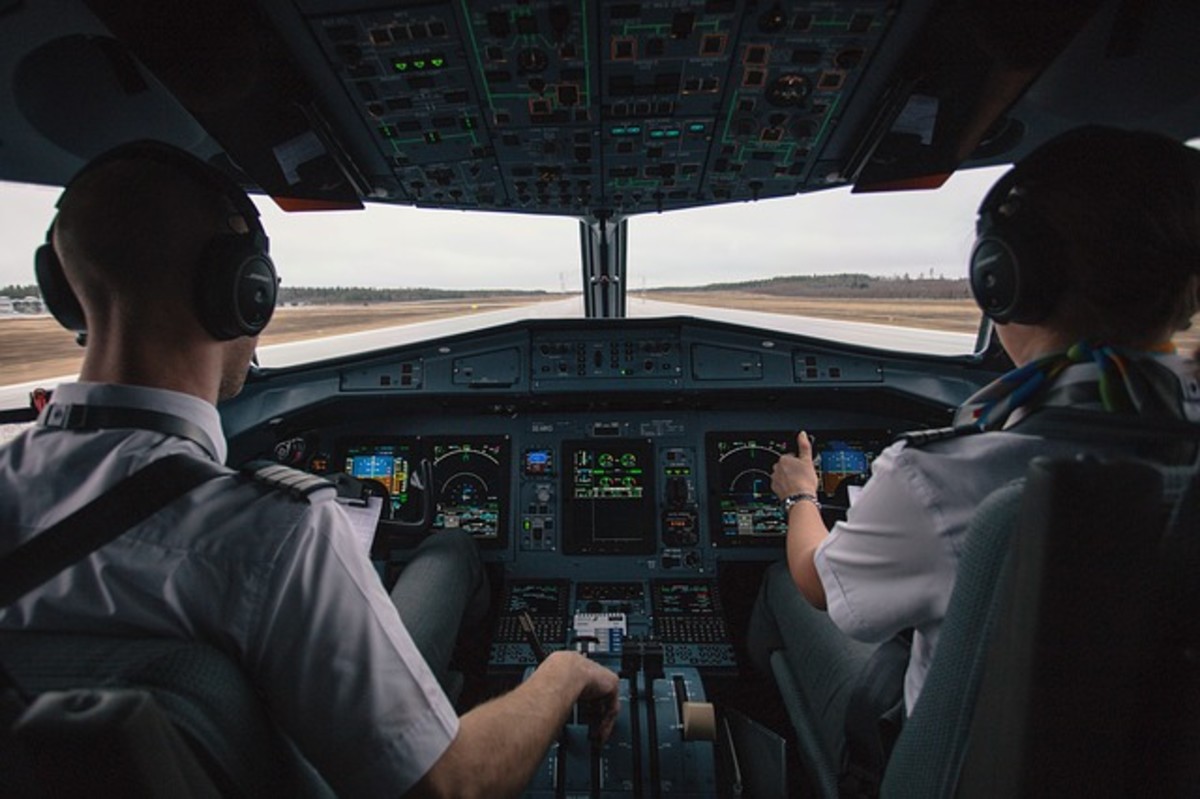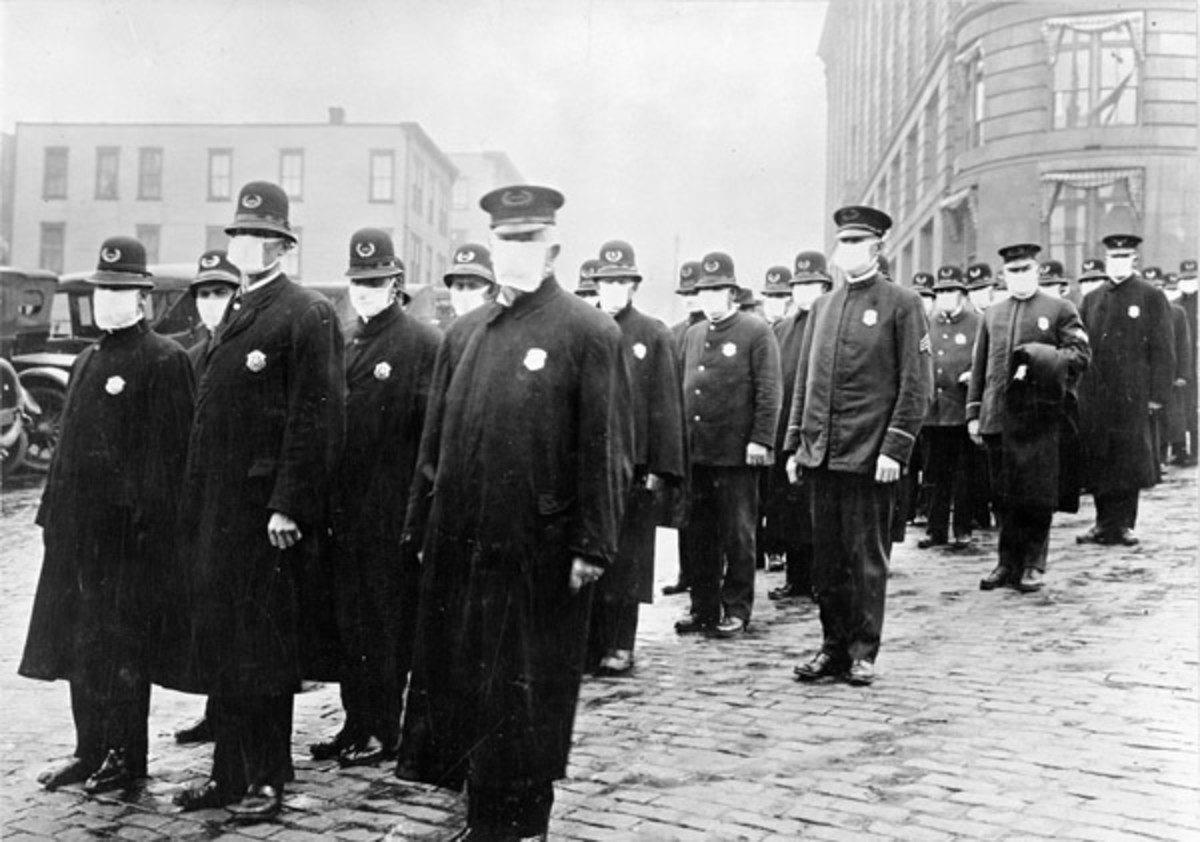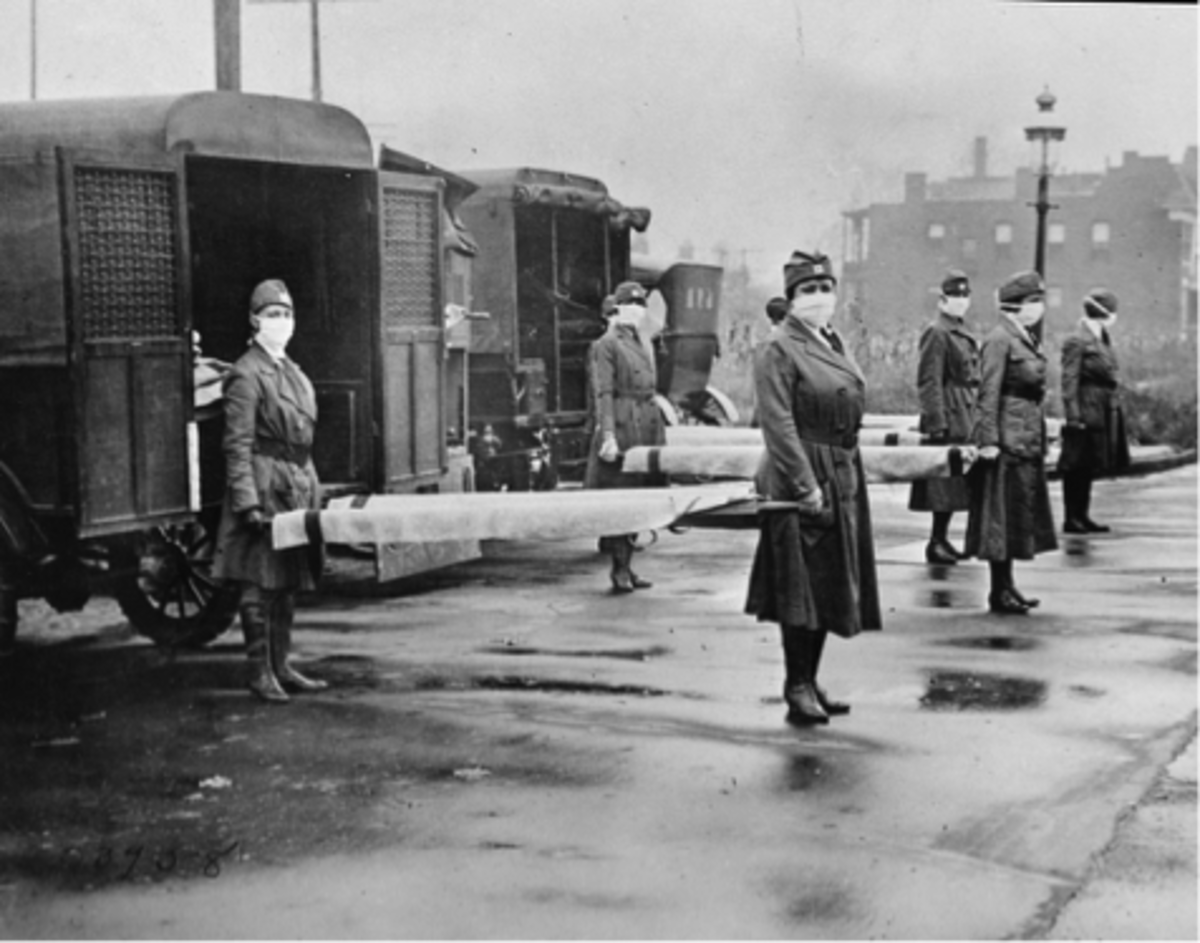 84
84- 0
Oil Pipeline Hack: How to Stop Man Made Disasters
This article reviews the fuel infrastructure that led to a shutdown as a result of a cyber-attack. Limited refinery production and consumer consumption along the east coast require more distribution modes other than the crude oil pipeline. Limit risk by eliminating the single point failure.
- 0
Part 4: How to Design Safety and Decision-Making into the Lifecycle of a Product
The performance and data indicators support decisions that represent the Safety Management System (SMS) effectiveness.
- 0
Part 3: How to Incorporate a Diagnostic Evaluation into a Safety Management System (SMS)
Diagnostic evaluations determine whether personnel actions and program outcomes align with the safety management system (SMS) procedures.
- 0
Part 2: How to Mitigate Risk by Using the Philosophy of Engineering Instead of Safety Management Systems (SMS)
Mitigate risk using safety engineering and management systems
- 0
Part 1: Why Does Safety Engineering Become Necessary for Business Success in a Global Economy?
Adding safety engineering processes with safety management systems provides a safety system to oversee complex problems.
- 0
Proactive and Reactive Approach to Safety: Best Process Solution
Differences exist between a reactive and a proactive approach to safety. The information identifies tasks that suggest proactive and reactive support—integrating a systematic safety process allows the identification of hazards and develop controls to eliminate the danger.
- 0
Unmanned Aircraft Exclusion: FAA Waivers Granted at a Slow Pace
- 0
An Accident-Prone Person: How to Reduce Trip, Slip, and Fall Hazards
An increase in slip, trip, and fall hazards in the workplace and at home present problems for millions. Understanding the implications of an aging population requires preventive measures to reduce risk and present a safe and healthful environment.
- 0
Self-Directed Learning: How to Create a Learner Centered Approach
Self-directed learning, self-training, technology, and adding engaging and motivating activities support the learner.
- 0
Comprehensive Learning: How to Design a Leadership Development Program
This article highlights whether a leadership program should include options to enhance problem-solving skills and include mechanisms to develop influential leaders. The leadership mechanisms include directive, transactional, transformational, and empowering.
- 0
Natural Disasters and Declarations: How Did We Not See This Coming?
Natural disasters have existed over the last century and presented devastating effects.
- 2
Benjamin Franklin: An Inventor Who Shaped America's Education System
An area of interest written within this article includes the life experiences of Benjamin Franklin that helped shape our education foundation. Education became a large part of Franklin’s life through the theory of value, knowledge, and learning.
- 0
Cell Phone Fire: How to Prevent the Next Mishap
Cell phone batteries can burst into flames under certain circumstances, be prepared.
- 0
Radon Exposure: How Danger Lurks in Your Home
This article outlines a mitigation strategy to reduce and remove radon, a carcinogenic from the home.
- 0
Optimize Safety: How to Not Drift into Disaster
This article presents a method for management and safety professionals to evaluate their current safety program and align with a combination of models and methods to oversee complex safety operations.
- 0
How to Operate UAS Over People and What Is Needed to Expand 107 in the Future
UAS operations require a certification baseline to expand UAS flights. Under the current 107 regulation, operation over people must move away from waivers and the FAA should develop certification standards to lower the level of risk.
- 0
What's the Best Chemical Exposure Standard? OSHA or ACGIH?
This article contains information concerning the OSHA permissible exposure limits (PELs) and the American Conference of Governmental Industrial Hygienists (ACGIH) threshold limit values (TLVs). Is one better than the other?
- 2
How to Allow UAS to Operate BVLOS
This article presents a solution for beyond visual line of sight (BVLOS) operations through technology certification. Producing certification standards will enable UAS to integrate into the airspace at a faster pace than what has happened over the past decade.
- 0
How to Detect Occupational Hazards in the Workplace
This article provides safety personnel and managers with a general understanding of the industrial hygienist (IH) role and how they go about identifying the level of chemical exposure to reduce risk.
- 0
How To Determine Why Pilot Error Happened
Pilot error is the buzzword used to describe the cause for an accident. This article takes a deeper look into the cause why the pilot made the error using the Human Factors Analysis and Classification System (HFACS) model.
- 0
Has It Always Been Controversial During a Pandemic to Wear a Mask and Social Distance?
- 0
How to Safely Land an Airplane: Common Pilot Errors and Solutions
This guide will provide information on common landing errors, along with solutions to prevent accidents.
- 1
How to Prepare for the Unmanned Aircraft System Pilot Test
This article will provide two study methods to prepare for the test. Recommendations for the test include the ALC-451 online course and the UAS study guide.
- 0
Culture and Social Hierarchy Within Aviation
Culture and social hierarchy within aviation provides an overview of crew resource management to overcome risk from hazards. Hazards are related to culture that stem from power distance and communication. The use of crew resource management (CRM) provides training to overcome cultural barriers.
- 0
How to Avoid Barriers of Communication Through Knowledge Sharing
Communication and knowledge sharing is important for a business to grow. The article lists three reasons why people do not communication and share information and three solutions to overcome the problem.
- 0
Landing Accident Analysis: How to Prevent the Next One
Landing accidents suggest a review of the airspeed and landing pitch attitude variables. The go-around maneuver is the best option when a variable is out of limits.
- 0
History Repeats Itself With the Covid-19 Virus After 100 Years
History may have repeated itself from past experience dating back to 1918. A review of pandemics and the controls used may determine whether we reduce the risk or eliminate the hazard.
- 0
Opening the Economy: How to Not Drift Into Failure
Using the Rasmussen safety model formulates a process to open a business without drifting into failure. The boundaries include safety, workload, and economy. Balancing among each will help the company function by using a hierarchy of controls to prevent movement into a critical area.


